- Home
- Industry Reports
- Food
- Food And Beverages
- Asia Pacific Food Encapsulation Market – Size, Outlook, Trends and Forecast (2024 – 2032)
Food encapsulation technology helps in helpful food ingredients to permit flavour retention, and take away unhealthy taste from the food. With the assistance of food encapsulation, food and beverages trade tried to beat challenges adore maintaining the style, colour and nutrition of the product and preservation of the product encapsulation involve the incorporation of food ingredients, enzymes, cells or alternative materials in little capsules is known as food encapsulation. Encapsulation is a vital tool for up the delivery of living cells and bioactive molecules into foods. food-grade, perishable materials should be used for planning the protecting shell of encapsulates and that they should be economical in forming a barrier between the interior section and its surroundings. Food encapsulation technology helps in stabilising food ingredients. Food encapsulation is a process of storing the food ingredients in a little amount into the capsules is known as food encapsulation.
Asia Pacific Food Encapsulation Market Size & Growth:
Asia Pacific food encapsulation market is estimated to be $ XX billion and predicted to rise to $ XX billion with a CAGR of 6.72%. Increasing health consciousness is anticipated to be a severe issue driving world food encapsulation market growth. Food encapsulation technology helps in helpful food ingredients to permit flavour retention, and take away the bad taste from the food. With the help of food encapsulation, food and beverages trade tried to beat challenges such as maintaining taste, colour and nutrition of the product and the preservation of the product. Drivers for food encapsulation are increasing consumption of functional foods and also growing demand for convenience foods for the increase of novel goods with natural flavours and clean label. Restraints & challenges for food encapsulation are high costs delay mass commercialisation, and the significant role is played by the technology where the technological growths yet to find grip. And also stability should be there during processing and packing. Opportunities that are capturing in food encapsulation are the development of advanced technologies to tap trading markets. And also reducing capsule size and increasing bioavailability. This we can reduce the process by the multi-component delivery system.
Asia Pacific Food Encapsulation Market Share:
The significant factors that attribute to the expansion of the market are due to technical advancements and social control of recent applications in a food processor and encapsulation procedures which can enhance the world food encapsulation market grow speedily throughout the forecast amount. One of the foremost necessary reasons for encapsulation of active ingredients is to produce improved stability in final product during the process. By technology type, Asia Pacific food encapsulation market can be segmented into microencapsulation, Nanoencapsulation and hybrid technologies. Food encapsulation technologies such as microencapsulation and Nano encapsulation have improved the food encapsulation industry due to the need for capsules to be filled with tiny particles. By Applications for this technique have increased in the food industry since the encapsulated materials can be protected from moisture, heat or other extreme conditions, thus enhancing their stability and maintaining viability. Food encapsulation techniques help to beat a number of the foremost challenges equivalent to maintaining taste, colour, preservation, and nutrition of the trade. Health aware consumer’s demand for, tasty, nutrient wealthy product and healthy food which might solely meet by food encapsulation. Increasing demand for prepackaged food is anticipated to fuel the expansion of worldwide food encapsulation market. Significant players dominating the Food Encapsulation market are Cargill, Incorporated, Friesland Campina Kiewit, Royal DSM, Kerry Group, Ingredion Incorporated, Firmenich Inc., Lycored Ltd., International Flavors and Fragrances, Symrise AG, Sensient Technologies, Balchem Corporation, National Enzyme Company, and Aveka Group. By geography, the Asia-Pacific food encapsulation market is analysed under various regions namely China, India, Japan, South Korea, Australia. Countries such as China and India are predicted to drive market growth for the Asia Pacific due to rising living standard and growing processed food industry.
Asia Pacific Food Encapsulation Market Trends:
- November 2017 – Cargill is going to invest $240m in India for the next five years.
- January 2015 – Medtronic announces reimbursement approval and launch of Corevalve evolution system in Japan.
Asia Pacific Food Encapsulation Market Research Report:
- An executive summary condensing the whole report such that essential authority can rapidly twist up doubtlessly acquainted with brief overview and conclusion.
- To have a complete market analysis through industry value chain analysis, Porter’s five, PESTLE, SWOT analysis, and Y-o-Y analysis.
- Regional and the Asia Pacific diversity is analysed with the major countries and the unions. Scrutinizing the revenue generation on Year-On-Year
- Identifying DROC in the current market and their impact on altering the market dynamics.
- Competitive landscape analysis to identify the merger and acquisition which will have a comparative financial analysis with significant competitors.
- Expertise investment opportunities by an analyst to the individual and organisation to have a better foothold in the market.
- Identify the latest developments, market shares and strategies that are employed by the major market players, such as
- Smith & Nephew Plc
- Acelity L.P
- Medtronic.
- Cargill, Incorporated.
Along with these companies, there were many other companies considered/ cited in the report while analysing the food encapsulation market. These companies hold substantial share-owning to the nature of the industry whereas the rest of the market shares are marginal chunks to regional and local level manufacturers. Other players have considerable presence owing to its robust brand image, geographical reach and stable customer base.
Chapter 1 Introduction
1.1. Executive Summary
1.2. Market Definition
1.3. Scope of the Study
Chapter 2 Research Methodology
2.1. Secondary Research
2.2. Primary Research
2.3. Analytic Tools and Model
2.4. Economic Indicator
2.4.1. Base Year, Base Currency, Forecasting Period
2.5. Expert Validation
2.6. Study Timeline
Chapter 3 Market Analysis
3.1. Industry Value Chain Analysis
3.2. Porter’s Five Analysis
3.2.1. Bargaining Power of Buyers
3.2.2. Bargaining Power of Suppliers
3.2.3. Threats of Substitutes
3.2.4. Threats of New Entrants
3.2.5. Industry Rivalry
3.3. Pestle Analysis
3.3.1. Political
3.3.2. Economical
3.3.3. Social
3.3.4. Technological
3.3.5. Legal
3.3.6. Environmental
3.4. SWOT Analysis
3.4.1. Strengths
3.4.2. Weakness
3.4.3. Opportunities
3.4.4. Threats
3.5. Y-O-Y Analysis
Chapter 4 Market Dynamics
4.1. Drivers
4.1.1. Increasing consumption of functional foods.
4.1.2. Growing demand for convenience foods.
4.1.3. Novel goods with natural flavours and clean label.
4.2. Restraints & challenges
4.2.1. High costs delay mass commercialisation.
4.2.2. Technological growths yet to find grip.
4.2.3. Stability during processing and packing
4.3. Opportunities
4.3.1. Development of advanced technologies to tap niche markets.
4.3.2. Reducing capsule size and increasing bioavailability.
4.3.3. Multi-component delivery system.
Chapter 5 Asia Pacific Food Encapsulation Market – By material type
5.1. Introduction
5.2. Polysaccharides
5.3. Proteins
5.4. Lipids
5.5. Emulsifiers
5.6. Others
Chapter 6 Asia Pacific Food Encapsulation Market – By core phase
6.1. Vitamins
6.2. Minerals
6.3. Enzymes
6.4. Organic acids
6.5. Additives
6.6. Probiotics
6.7. Prebiotics
6.8. Essential oils
6.9. Others
Chapter 7 Asia Pacific Food Encapsulation Market – By technology
7.1. Physical process
7.2. Chemical process
7.3. Physiochemical
7.4. Others
Chapter 8 Asia Pacific Food Encapsulation Market – By Geography
8.1. Introduction
8.2. Asia Pacific
8.2.1. China
8.2.2. Japan
8.2.3. India
8.2.4. South Korea
8.2.5. Australia & New Zealand
8.2.6. Others
Chapter 9 Company Profiles
9.1. Smith & Nephew Plc
9.1.1. Company overview
9.1.2. Business segments
9.1.3. Financial (public companies)
9.1.4. Developments
9.1.5. Swot analysis (public companies)
9.2. Acelity L.P
9.3. M Company
9.4. Coating place Inc.
9.5. Cargill, Incorporated
9.6. Molynlycke Health Care
9.7. Fries land Campina Kievit
9.8. Gat food essentials GMBH
9.9. Royal DSM
9.10. Kerry Group
9.11. Ingredion incorporated
9.12. Lycored group
9.13. Symriseag
9.14. Dema Sciences Inc.
9.15. Medtronic
Chapter 10 Competitive Landscape
10.1. Market share analysis
10.2. Strategies adopted by top companies
10.3. Mergers, acquisitions, collaborations & agreements
Chapter 11 Market Insights
11.1. Industry expert’s insights
11.2. Analysts opinions
11.3. Investment opportunities
Chapter 12 Appendix
12.1. List of tables
12.2. List of figures
- Competitive Analysis in marketing and strategic management is an assessment of the strengths and weaknesses of current and potential competitors.
- Monitoring the external and internal factors which affect the market dynamics with the aid of PESTLE analysis.
- The Regional and Global Variety is taken care of in the report.
- Year on Year basis generation of revenue is studied.
- Porter's Five Forces analyze the intensity of competition in an industry and its profitability level.
- The overview and the sustainability of the market are analyzed through SWOT.
- DROC (Drivers, Restraints, Opportunities and Challenges) is recognized in the current market scenario and see how its effect on market dynamics.
- The segment-level analysis in terms of type and technology.
- The value chain analysis, value that's created and captured by a company is the profit margin.
- Value Created and Captured – Cost of Creating that Value = Margin
- An executive summary consists of the whole report and the outcome is been given in the report to have brief knowledge about the report.
- Basis on the depth of the study we approach using analytical tools
- Expertise investment opportunities are given after analyzing the market to give the organization and the individual to have perfect knowledge about the market.
Regional Report
$2,160.00 – $7,200.00
- EUR: €2,022.66 - €6,742.20
- INR: ₹180,397.12 - ₹601,323.72
- AED: د.إ7,927.20 - د.إ26,424.00
- GBP: £1,731.96 - £5,773.21
Description
Regional Reports
Additional information
| Report Type | Extensive Report, Miniature report, Snapshot Report |
|---|---|
| Licence | Single User License, Team License, Corporate License |
Food encapsulation technology helps in helpful food ingredients to permit flavour retention, and take away unhealthy taste from the food. With the assistance of food encapsulation, food and beverages trade tried to beat challenges adore maintaining the style, colour and nutrition of the product and preservation of the product encapsulation involve the incorporation of food ingredients, enzymes, cells or alternative materials in little capsules is known as food encapsulation. Encapsulation is a vital tool for up the delivery of living cells and bioactive molecules into foods. food-grade, perishable materials should be used for planning the protecting shell of encapsulates and that they should be economical in forming a barrier between the interior section and its surroundings. Food encapsulation technology helps in stabilising food ingredients. Food encapsulation is a process of storing the food ingredients in a little amount into the capsules is known as food encapsulation.
Asia Pacific Food Encapsulation Market Size & Growth:
Asia Pacific food encapsulation market is estimated to be $ XX billion and predicted to rise to $ XX billion with a CAGR of 6.72%. Increasing health consciousness is anticipated to be a severe issue driving world food encapsulation market growth. Food encapsulation technology helps in helpful food ingredients to permit flavour retention, and take away the bad taste from the food. With the help of food encapsulation, food and beverages trade tried to beat challenges such as maintaining taste, colour and nutrition of the product and the preservation of the product. Drivers for food encapsulation are increasing consumption of functional foods and also growing demand for convenience foods for the increase of novel goods with natural flavours and clean label. Restraints & challenges for food encapsulation are high costs delay mass commercialisation, and the significant role is played by the technology where the technological growths yet to find grip. And also stability should be there during processing and packing. Opportunities that are capturing in food encapsulation are the development of advanced technologies to tap trading markets. And also reducing capsule size and increasing bioavailability. This we can reduce the process by the multi-component delivery system.
Asia Pacific Food Encapsulation Market Share:
The significant factors that attribute to the expansion of the market are due to technical advancements and social control of recent applications in a food processor and encapsulation procedures which can enhance the world food encapsulation market grow speedily throughout the forecast amount. One of the foremost necessary reasons for encapsulation of active ingredients is to produce improved stability in final product during the process. By technology type, Asia Pacific food encapsulation market can be segmented into microencapsulation, Nanoencapsulation and hybrid technologies. Food encapsulation technologies such as microencapsulation and Nano encapsulation have improved the food encapsulation industry due to the need for capsules to be filled with tiny particles. By Applications for this technique have increased in the food industry since the encapsulated materials can be protected from moisture, heat or other extreme conditions, thus enhancing their stability and maintaining viability. Food encapsulation techniques help to beat a number of the foremost challenges equivalent to maintaining taste, colour, preservation, and nutrition of the trade. Health aware consumer’s demand for, tasty, nutrient wealthy product and healthy food which might solely meet by food encapsulation. Increasing demand for prepackaged food is anticipated to fuel the expansion of worldwide food encapsulation market. Significant players dominating the Food Encapsulation market are Cargill, Incorporated, Friesland Campina Kiewit, Royal DSM, Kerry Group, Ingredion Incorporated, Firmenich Inc., Lycored Ltd., International Flavors and Fragrances, Symrise AG, Sensient Technologies, Balchem Corporation, National Enzyme Company, and Aveka Group. By geography, the Asia-Pacific food encapsulation market is analysed under various regions namely China, India, Japan, South Korea, Australia. Countries such as China and India are predicted to drive market growth for the Asia Pacific due to rising living standard and growing processed food industry.
Asia Pacific Food Encapsulation Market Trends:
- November 2017 – Cargill is going to invest $240m in India for the next five years.
- January 2015 – Medtronic announces reimbursement approval and launch of Corevalve evolution system in Japan.
Asia Pacific Food Encapsulation Market Research Report:
- An executive summary condensing the whole report such that essential authority can rapidly twist up doubtlessly acquainted with brief overview and conclusion.
- To have a complete market analysis through industry value chain analysis, Porter’s five, PESTLE, SWOT analysis, and Y-o-Y analysis.
- Regional and the Asia Pacific diversity is analysed with the major countries and the unions. Scrutinizing the revenue generation on Year-On-Year
- Identifying DROC in the current market and their impact on altering the market dynamics.
- Competitive landscape analysis to identify the merger and acquisition which will have a comparative financial analysis with significant competitors.
- Expertise investment opportunities by an analyst to the individual and organisation to have a better foothold in the market.
- Identify the latest developments, market shares and strategies that are employed by the major market players, such as
- Smith & Nephew Plc
- Acelity L.P
- Medtronic.
- Cargill, Incorporated.
Along with these companies, there were many other companies considered/ cited in the report while analysing the food encapsulation market. These companies hold substantial share-owning to the nature of the industry whereas the rest of the market shares are marginal chunks to regional and local level manufacturers. Other players have considerable presence owing to its robust brand image, geographical reach and stable customer base.
Chapter 1 Introduction
1.1. Executive Summary
1.2. Market Definition
1.3. Scope of the Study
Chapter 2 Research Methodology
2.1. Secondary Research
2.2. Primary Research
2.3. Analytic Tools and Model
2.4. Economic Indicator
2.4.1. Base Year, Base Currency, Forecasting Period
2.5. Expert Validation
2.6. Study Timeline
Chapter 3 Market Analysis
3.1. Industry Value Chain Analysis
3.2. Porter’s Five Analysis
3.2.1. Bargaining Power of Buyers
3.2.2. Bargaining Power of Suppliers
3.2.3. Threats of Substitutes
3.2.4. Threats of New Entrants
3.2.5. Industry Rivalry
3.3. Pestle Analysis
3.3.1. Political
3.3.2. Economical
3.3.3. Social
3.3.4. Technological
3.3.5. Legal
3.3.6. Environmental
3.4. SWOT Analysis
3.4.1. Strengths
3.4.2. Weakness
3.4.3. Opportunities
3.4.4. Threats
3.5. Y-O-Y Analysis
Chapter 4 Market Dynamics
4.1. Drivers
4.1.1. Increasing consumption of functional foods.
4.1.2. Growing demand for convenience foods.
4.1.3. Novel goods with natural flavours and clean label.
4.2. Restraints & challenges
4.2.1. High costs delay mass commercialisation.
4.2.2. Technological growths yet to find grip.
4.2.3. Stability during processing and packing
4.3. Opportunities
4.3.1. Development of advanced technologies to tap niche markets.
4.3.2. Reducing capsule size and increasing bioavailability.
4.3.3. Multi-component delivery system.
Chapter 5 Asia Pacific Food Encapsulation Market – By material type
5.1. Introduction
5.2. Polysaccharides
5.3. Proteins
5.4. Lipids
5.5. Emulsifiers
5.6. Others
Chapter 6 Asia Pacific Food Encapsulation Market – By core phase
6.1. Vitamins
6.2. Minerals
6.3. Enzymes
6.4. Organic acids
6.5. Additives
6.6. Probiotics
6.7. Prebiotics
6.8. Essential oils
6.9. Others
Chapter 7 Asia Pacific Food Encapsulation Market – By technology
7.1. Physical process
7.2. Chemical process
7.3. Physiochemical
7.4. Others
Chapter 8 Asia Pacific Food Encapsulation Market – By Geography
8.1. Introduction
8.2. Asia Pacific
8.2.1. China
8.2.2. Japan
8.2.3. India
8.2.4. South Korea
8.2.5. Australia & New Zealand
8.2.6. Others
Chapter 9 Company Profiles
9.1. Smith & Nephew Plc
9.1.1. Company overview
9.1.2. Business segments
9.1.3. Financial (public companies)
9.1.4. Developments
9.1.5. Swot analysis (public companies)
9.2. Acelity L.P
9.3. M Company
9.4. Coating place Inc.
9.5. Cargill, Incorporated
9.6. Molynlycke Health Care
9.7. Fries land Campina Kievit
9.8. Gat food essentials GMBH
9.9. Royal DSM
9.10. Kerry Group
9.11. Ingredion incorporated
9.12. Lycored group
9.13. Symriseag
9.14. Dema Sciences Inc.
9.15. Medtronic
Chapter 10 Competitive Landscape
10.1. Market share analysis
10.2. Strategies adopted by top companies
10.3. Mergers, acquisitions, collaborations & agreements
Chapter 11 Market Insights
11.1. Industry expert’s insights
11.2. Analysts opinions
11.3. Investment opportunities
Chapter 12 Appendix
12.1. List of tables
12.2. List of figures
- Competitive Analysis in marketing and strategic management is an assessment of the strengths and weaknesses of current and potential competitors.
- Monitoring the external and internal factors which affect the market dynamics with the aid of PESTLE analysis.
- The Regional and Global Variety is taken care of in the report.
- Year on Year basis generation of revenue is studied.
- Porter's Five Forces analyze the intensity of competition in an industry and its profitability level.
- The overview and the sustainability of the market are analyzed through SWOT.
- DROC (Drivers, Restraints, Opportunities and Challenges) is recognized in the current market scenario and see how its effect on market dynamics.
- The segment-level analysis in terms of type and technology.
- The value chain analysis, value that's created and captured by a company is the profit margin.
- Value Created and Captured – Cost of Creating that Value = Margin
- An executive summary consists of the whole report and the outcome is been given in the report to have brief knowledge about the report.
- Basis on the depth of the study we approach using analytical tools
- Expertise investment opportunities are given after analyzing the market to give the organization and the individual to have perfect knowledge about the market.
Our Clientele
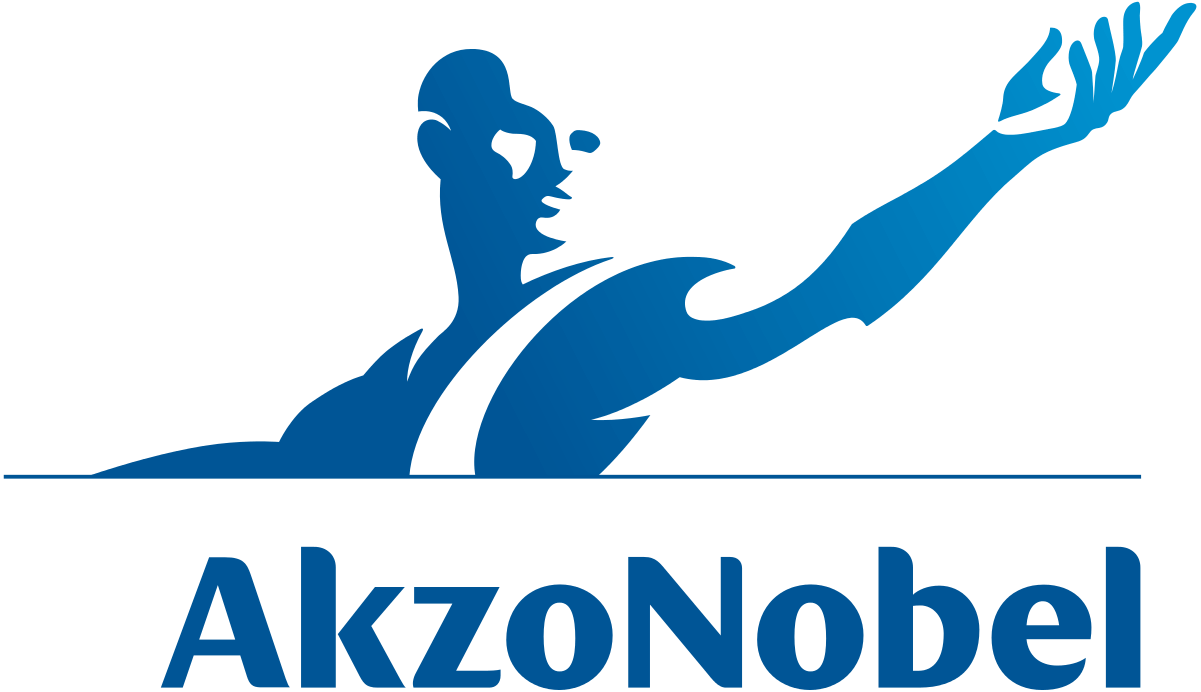



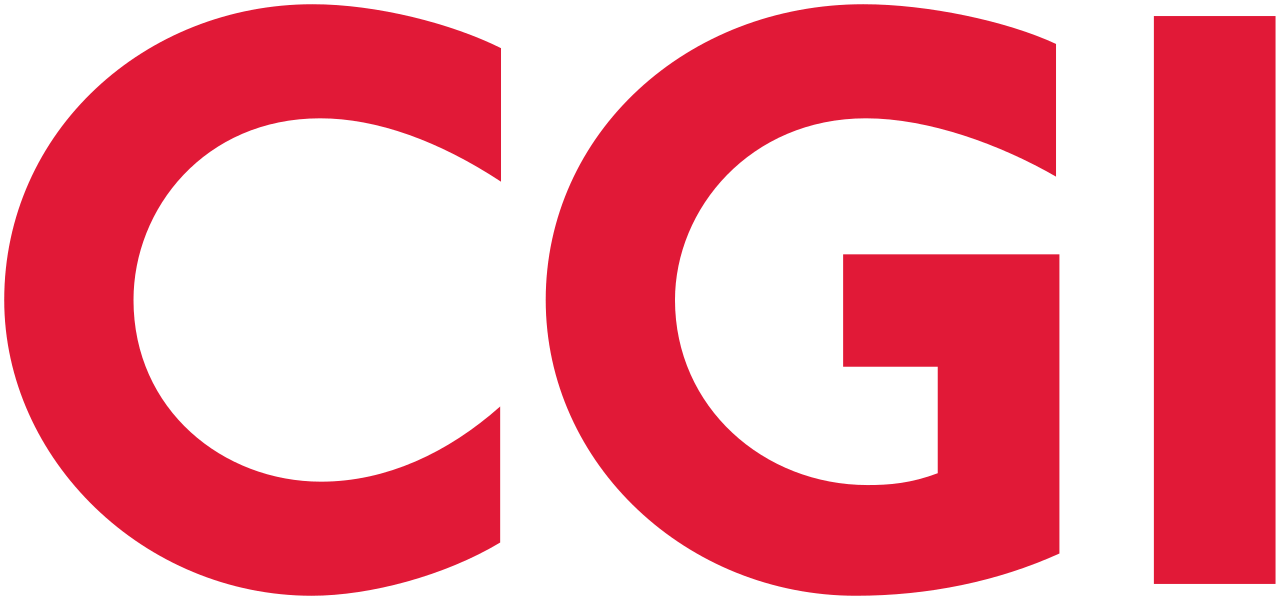









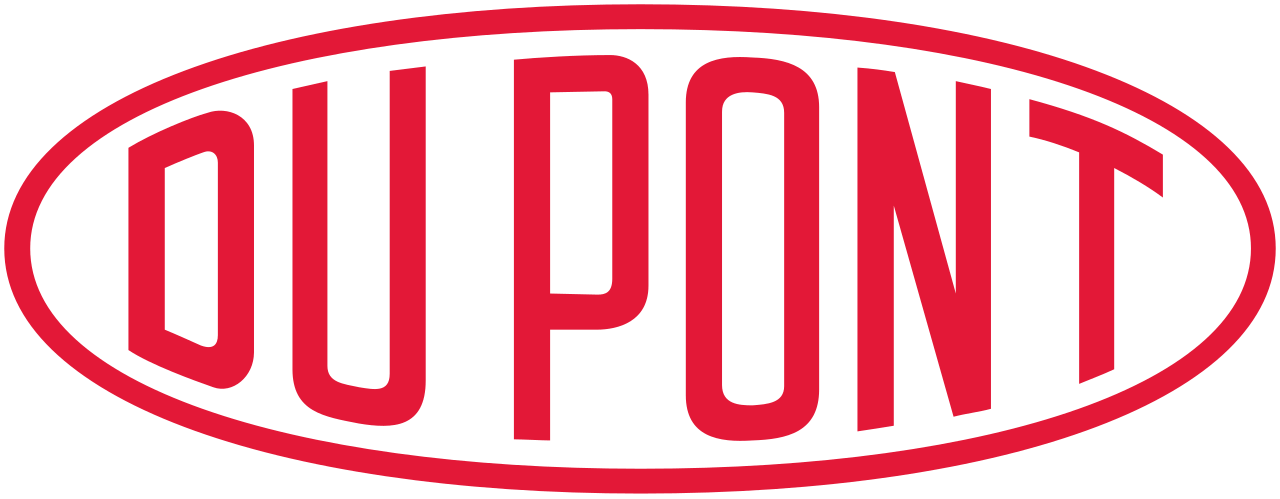
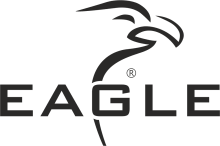

























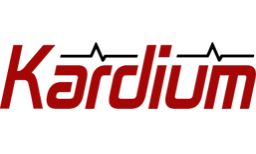
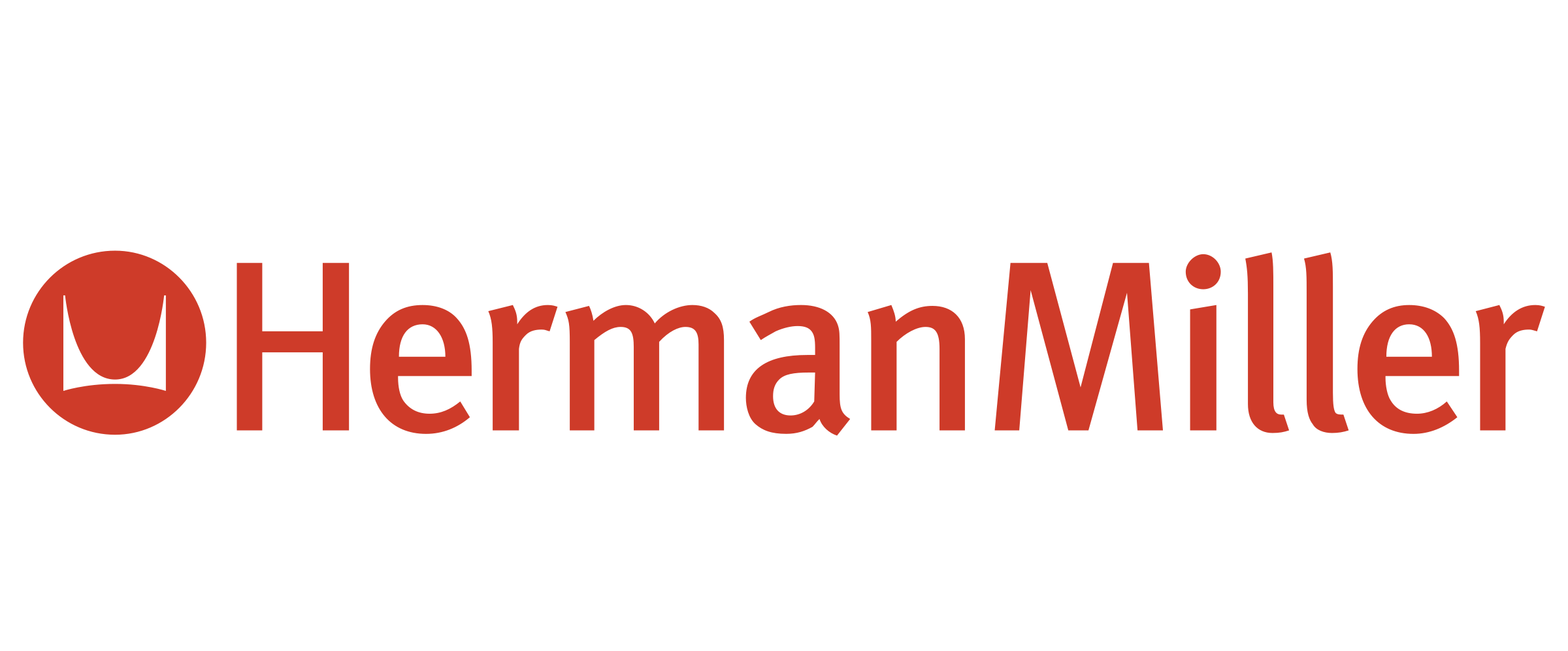
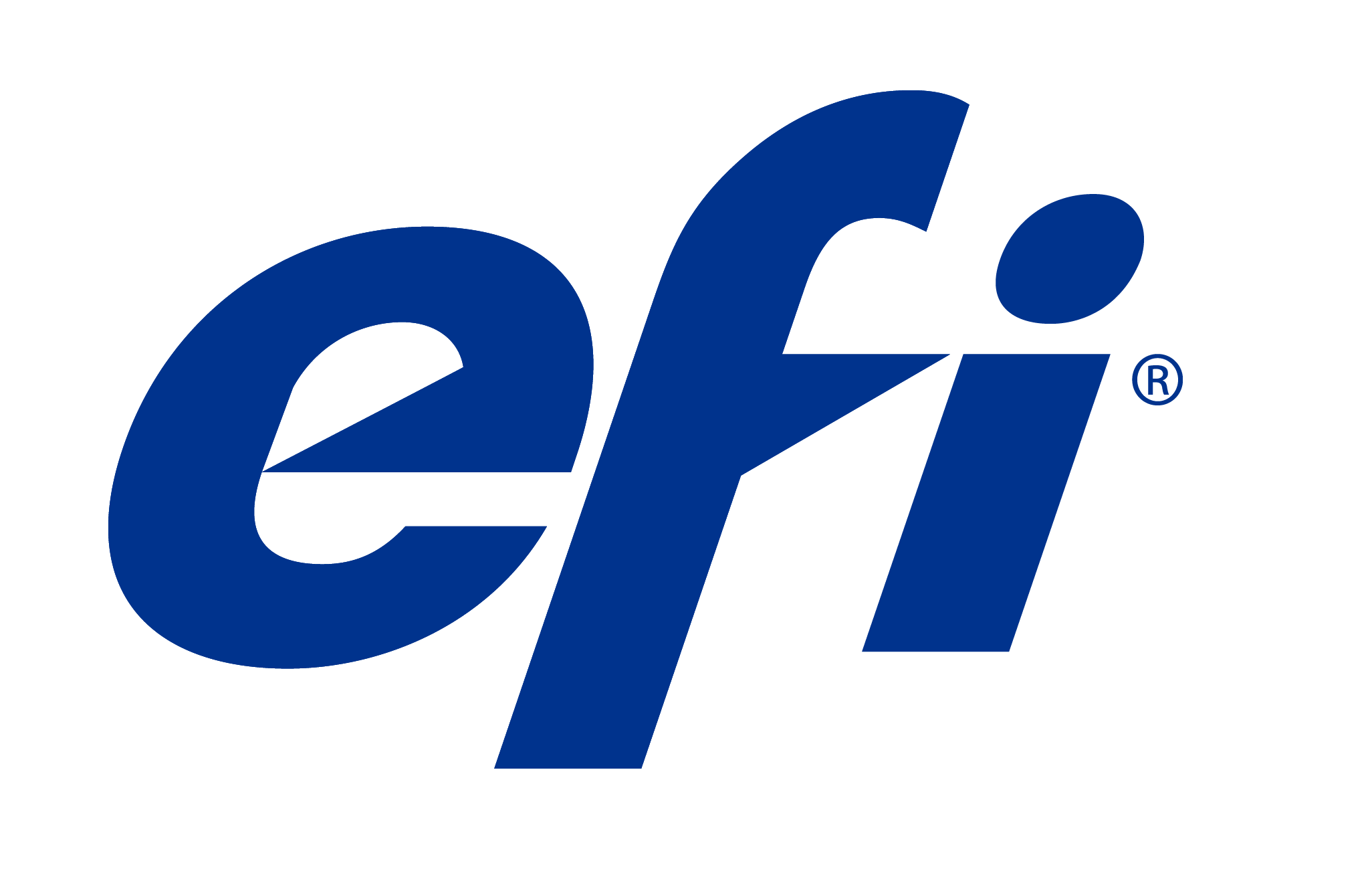
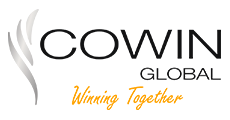
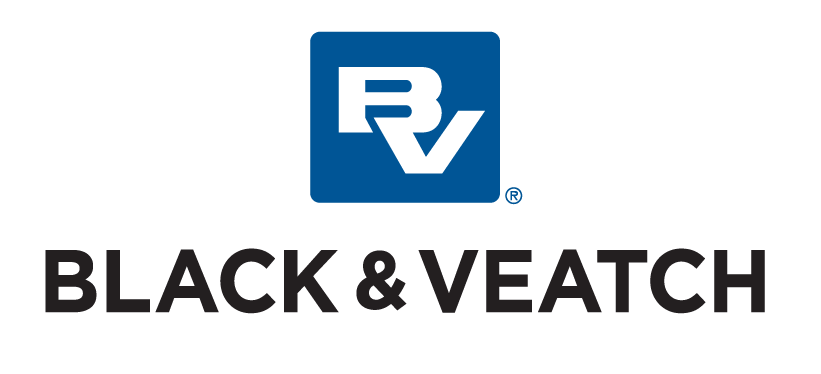
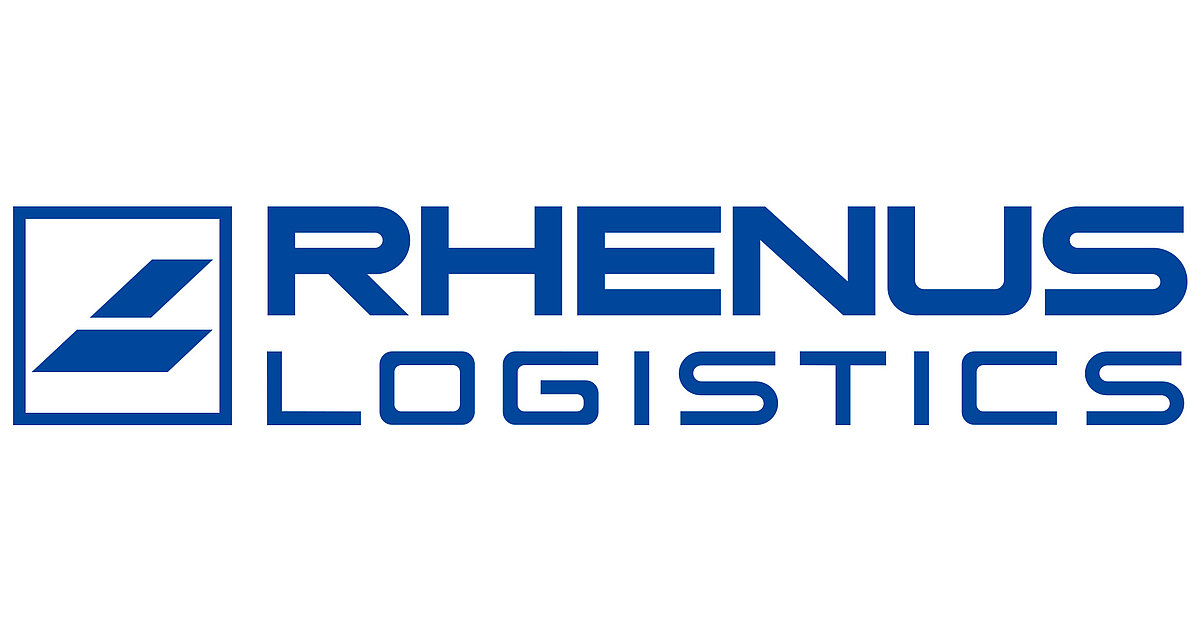

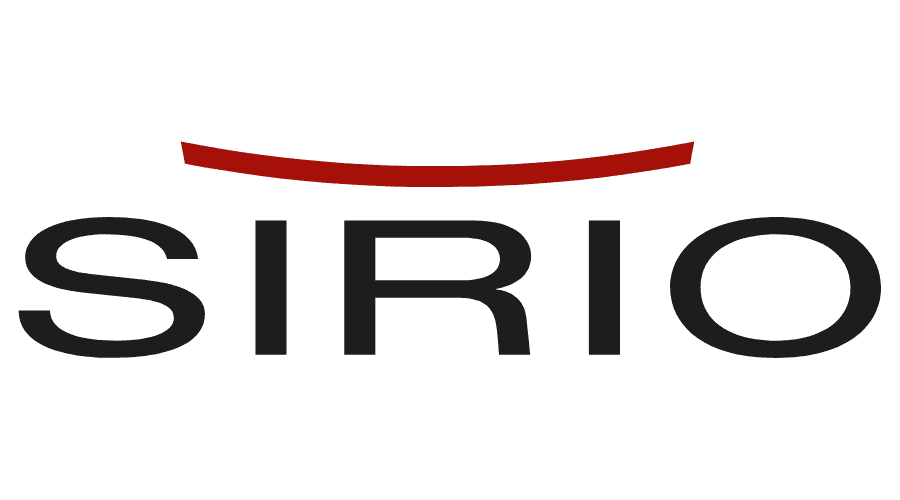

Exclusive Benefits
 Credibility and Transparency
Credibility and Transparency
We actively recruit consumers, business professionals, and hard-to-reach individuals as members of our research panels, and we build trusted, ongoing relationships with them. Thus we provide the complete list of primary and secondary data sources in the report to maintain the transparency and to assure the credibility.
 Exhaustive Coverage
Exhaustive Coverage
Detailed and extensive coverage in the geography.Survey consultation for brand tracking, concept testing, consumer behaviour, and more, we have you covered with market research services that scale to meet your needs.
 Competitive Edge
Competitive Edge
Our reports cover most recent updates in the market till the date of the purchase. We identify, gather and timely deliver analysis on impact of unprecedented decisions of CXOs in COVID-19 catastrophe on many businesses, their clients and their clients' clients without additional cost.
 Golden Opportunities
Golden Opportunities
A comprehensive strategic sieve analysis of the market by our analysts and consultants, aided by AI tools helps us find the non-obvious, golden and emerging opportunities for you to evaluate.
 Top-notch Reports Guaranteed
Top-notch Reports Guaranteed
70% of our research is exclusive; no other research firm has the depth and breadth of our research.
 Post Purchase Support
Post Purchase Support
Post-purchase support is provided for all our reports, for three months from the date of purchase, where related queries will be answered within 24 business hours over telephone or email.
 IND: (+91) 949418 5556
IND: (+91) 949418 5556 sales@envisionintelligence.com
sales@envisionintelligence.com







